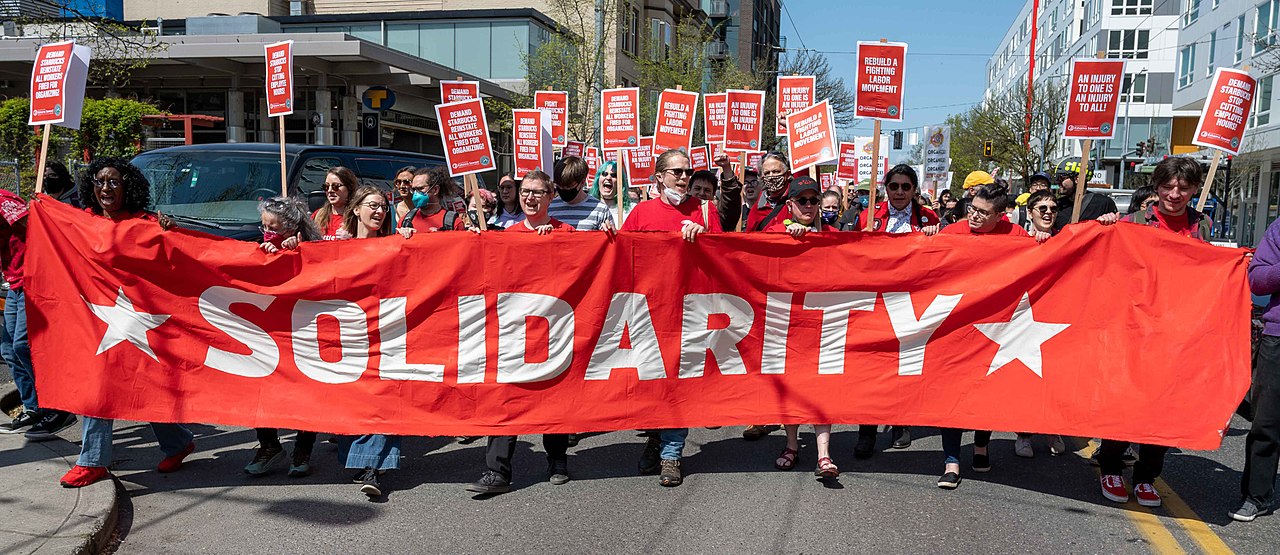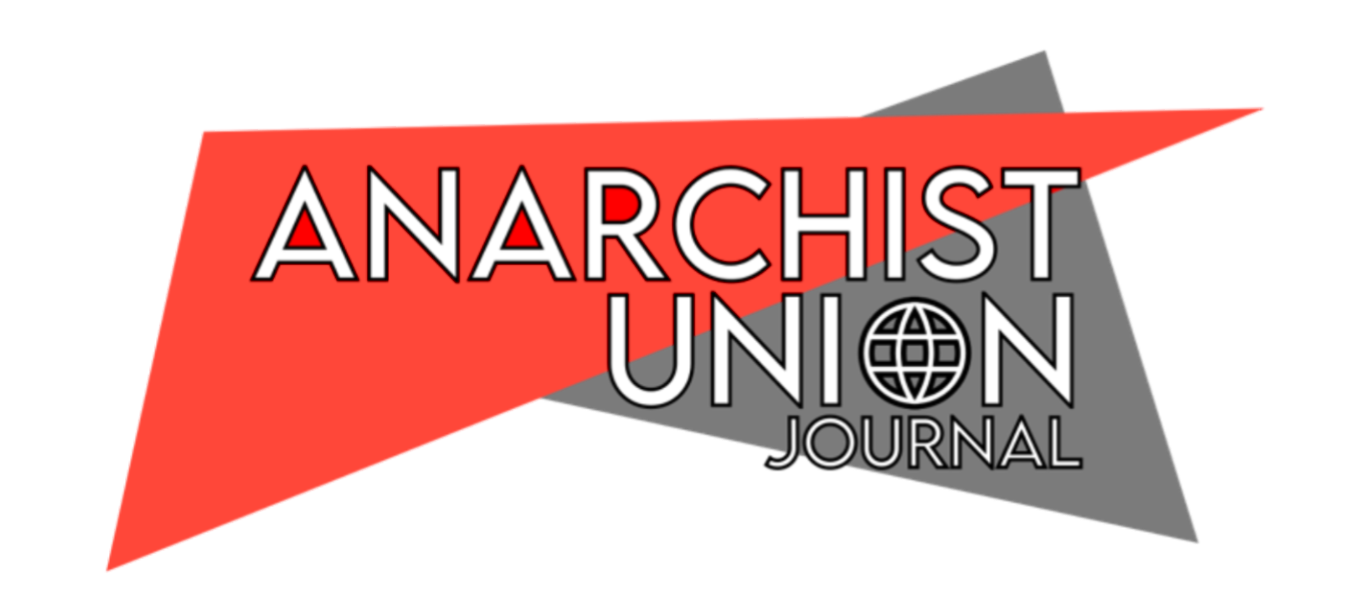This is a period of more openly bare class warfare. From more engaged and aggressive labor action than we have seen in awhile on one side, to the growing mobilizations of fascists (and their intersections with anti-trans and misogynistic movements) on the other. From the blockades and land reclamations by Indigenous land defenders, to state attacks–including street sweeps and encampment evictions–against poor and unhoused people.
These times call for rank-and-file working class formations that can mobilize quickly and effectively, both for community and workplace self-defense, but also for building capacities for autonomous action outside, and even against conservative bureaucracies within mainstream labor organizations. One of the most straightforward and effective forms of rank-and-file organizing for direct action is the flying squad—a vital approach to contemporary anarcho-syndicalist practice. And for this, you do not need much more than conversation, a phone list, and a commitment to act.

Flying Squads in Action
Flying squads are among the best examples of rank-and-file self-organizing. Rapid response networks that can be mobilized on short notice, flying squads are useful in doing direct actions and solidarity work within unions, with workers in other workplaces, and in communities. When something comes up that needs flying squad action, simply initiate your phone tree (and any transportation plans you have).
Flying squads that I have been active in, both inside and outside of unions, have supported anti-poverty movements and Indigenous land reclamations in addition to doing picket line solidarity, putting people directly on the line and ready to act.
In Toronto, we organized an autonomous flying squad of working folks but outside union structures, to do picket support for workers on strike. At some strikes of smaller unions, we were the only ones doing regular picket support for the workers.
In certain cities, anti-police groups formed something along the lines of flying squads to respond to and document police violence in the community. The flying squad phone list, rapid response form allows people to get to scenes quickly, before cops can entirely control things and intimidate witnesses.
One very instructive example for doing so came during recent mobilizations against cross-Canada marches of far-right forces targeting trans people and gender education in schools. Members of CUPE 4600 (education workers at Carleton University in Ottawa) activated their flying squad to participate in the local counter demonstrations and encouraged other unionized workers to do so, a key part of the community self-defense.
Within unions, flying squad networks can serve to bring together, and to attract, more militant members, helping to overcome the isolation that more radically-oriented members can feel within undemocratic and exclusionary union structures, where meetings may be infrequent or oriented solely around contract issues. Flying squads give rank-and-filers a place to meet, discuss, and strategize—to organize. And to do so on a class-oriented basis, rather than a strictly workplace or contract basis. And to extend connections with movements inside and outside the union.
Maintain Autonomy
The form of flying squads is getting some support from official labor. The Ontario Federation of Labour (OFL) has been promoting the organizing of what they call Rapid Response Teams to attend counter-demonstrations and confront the hate groups. These are structured like flying squads—rapid response teams are an example of flying squads. The OFL is encouraging unionized workers to recruit Rapid Response Teams as the far-right mobilizations grow. This is an important way forward.
One thing to stress though, is that flying squads in workplaces or unions should be autonomous from, and outside the control of, union bureaucracies. Otherwise the flying squads are vulnerable to bureaucratic discipline. The Canadian Autoworkers’ flying squads were shut down by union leadership when they came out in support of economic disruption, including shutting down the NAFTA superhighway between Detroit and Windsor— the centers of auto production.
Do not rely on the bureaucracy for funding or resources. In some cases, you may wish to formalize your flying squad within the existing union structure (for work release perhaps). If you do, make sure it is on an autonomous, self-determining basis (as part of member mobilization). Do not give control of your flying squad list to bureaucrats.
So, meet and chat with your co-workers. Exchange contact info and make a commitment to come out if called. If you’re oriented toward threats in your community, whether from fascists or cops, organize a neighborhood flying squad.
